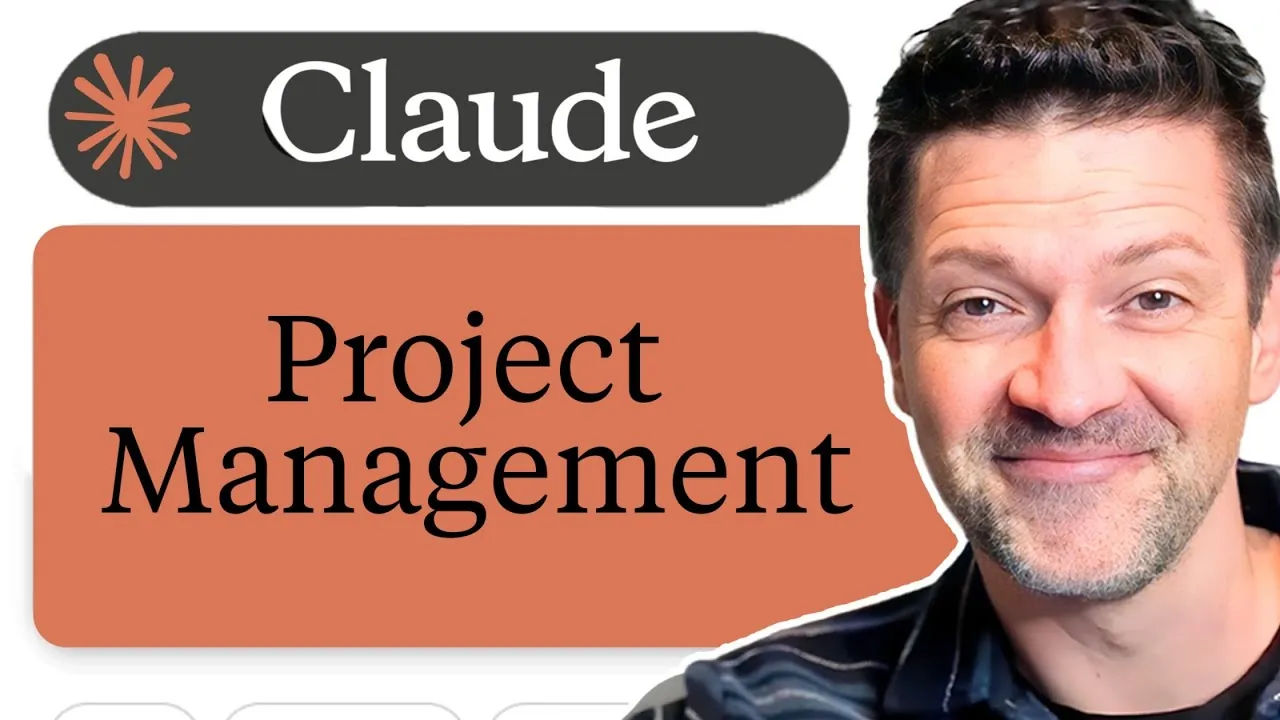
What if the secret to unlocking seamless project management lies not in working harder, but in working smarter? Imagine a world where AI not only assists but transforms the way teams collaborate, adapt, and thrive in complex environments. Enter context engineering, a new approach that reshapes how we manage information in AI-powered workflows. By systematically structuring and preserving project context, this methodology eliminates inefficiencies, reduces miscommunication, and ensures that AI tools deliver consistent, reliable results. In an era where data is as valuable as time or money, the ability to harness it effectively could mean the difference between success and stagnation.
Blazing Zebra explain how context engineering enables teams to build smarter, more adaptable systems that evolve alongside their projects. From understanding its core principles to using innovative tools like Claude Code, you’ll discover how this approach transforms project management from a reactive process into a proactive strategy. Whether you’re grappling with inconsistent AI outputs, struggling to retain critical knowledge, or seeking to streamline workflows, this methodology offers a powerful framework for overcoming these challenges. As we delve deeper, you’ll see how context engineering doesn’t just optimize workflows—it redefines what’s possible in modern project management.
Context Engineering Overview
TL;DR Key Takeaways :
Context engineering optimizes AI-powered workflows by systematically structuring and preserving project information, making sure consistent outputs and seamless collaboration.
The core framework includes context discovery, architecture, and preservation, allowing adaptability and efficient decision-making throughout the project lifecycle.
Key tools like Claude Code, Windsurf, and reusable templates enhance workflow efficiency, collaboration, and project management precision.
Adopting context engineering improves knowledge retention, reduces inefficiencies, and fosters smarter, adaptable systems for sustainable success.
Advanced applications, such as dynamic context management and version control, enable teams to handle complex, evolving projects with greater efficiency and focus.
Understanding Context Engineering
Context engineering is a structured methodology designed to optimize AI systems by organizing and managing information effectively. It treats data as a critical resource, akin to financial or human capital, emphasizing its importance in driving project success. By systematically structuring and preserving information, you enable AI tools to operate with greater precision, delivering consistent and reliable results.
This approach ensures that your projects remain adaptable and resilient, even as they grow in complexity. Whether you’re managing small teams or large-scale initiatives, context engineering provides a robust framework for maintaining clarity and focus throughout the project lifecycle.
Why Context Engineering is Essential
Traditional project management often encounters challenges such as inefficiencies, miscommunication, and knowledge gaps. Context engineering directly addresses these issues by focusing on three critical areas:
Inconsistent AI Outputs: By eliminating errors caused by incomplete or missing project context, you can ensure more accurate and reliable AI-driven results.
Knowledge Retention: Critical information is preserved during team transitions or handovers, reducing the risk of losing valuable insights.
Workflow Efficiency: Streamlined processes enhance productivity and foster better collaboration across teams.
By tackling these pain points, context engineering creates a foundation for smoother project execution, improved communication, and better overall outcomes.
AI Powered Project Management with Claude Code
Advance your skills in Context Engineering by reading more of our detailed content.
The Core Framework of Context Engineering
Implementing context engineering requires a systematic and structured approach. Its core framework consists of three key components:
Context Discovery: This step involves identifying and collecting all relevant project information to ensure no critical details are overlooked. Comprehensive data gathering lays the groundwork for effective decision-making.
Context Architecture: Once the information is collected, it is organized and structured for easy access and reuse. This step ensures that workflows are efficient and that team members can quickly locate the data they need.
Context Preservation: Throughout the project lifecycle, information must be continuously updated and maintained to keep it accurate and actionable. This ensures that the project remains adaptable to changes and challenges.
This framework not only enhances project adaptability but also ensures that teams can respond effectively to evolving requirements and complexities.
Tools and Technologies for Context Engineering
Modern tools and technologies make context engineering both accessible and practical. Here are some key resources you can use:
Claude Code: This AI-powered project management tool streamlines workflows, enhances decision-making, and improves overall efficiency.
Integration Platforms: Tools like Windsurf, VS Code, and Notebook LM provide enhanced visibility and control over complex projects, allowing seamless collaboration.
Reusable Templates: Pre-designed templates simplify repetitive tasks, saving time and effort while making sure consistency across projects.
These tools empower you to manage projects with greater precision, adaptability, and efficiency, making context engineering a practical solution for modern project management challenges.
Advantages of Adopting Context Engineering
The adoption of context engineering offers numerous benefits that can significantly enhance your project management processes:
Smarter Systems: AI-driven systems continuously learn and improve over time, adapting to the unique needs of your projects.
Improved Collaboration: Streamlined information sharing reduces miscommunication and fosters stronger teamwork across departments.
Enhanced Tracking: Tools like Gantt charts, risk analysis, and dynamic web portals provide real-time updates, improving project oversight and decision-making.
These advantages make context engineering a valuable approach for teams seeking to optimize their workflows and achieve better outcomes.
Advanced Applications of Context Engineering
Beyond its foundational benefits, context engineering offers advanced applications that can elevate your projects to new levels of efficiency and effectiveness:
Static Web Portals: These portals host project summaries and updates, providing stakeholders with easy access to critical information.
Version Control: Platforms like GitHub ensure transparency and accountability in collaboration, allowing teams to track changes and maintain consistency.
Dynamic Context Management: This feature allows teams to adapt seamlessly to changes during project execution, maintaining efficiency and focus even in dynamic environments.
These advanced capabilities demonstrate the versatility of context engineering, making it applicable across a wide range of industries and project types.
Empowering Smarter Project Management
Context engineering is redefining project management by using AI tools and structured methodologies to optimize workflows and preserve critical information. By addressing inefficiencies, fostering collaboration, and making sure adaptability, it paves the way for consistent and sustainable success. Integration with platforms like GitHub and Windsurf enhances teamwork, while tools such as Gantt charts and reusable templates simplify complex processes. Ultimately, context engineering enables you to build smarter, more resilient systems that drive long-term project success.
Media Credit: Blazing Zebra
Filed Under: AI, Guides
Latest Geeky Gadgets Deals
Disclosure: Some of our articles include affiliate links. If you buy something through one of these links, Geeky Gadgets may earn an affiliate commission. Learn about our Disclosure Policy.

